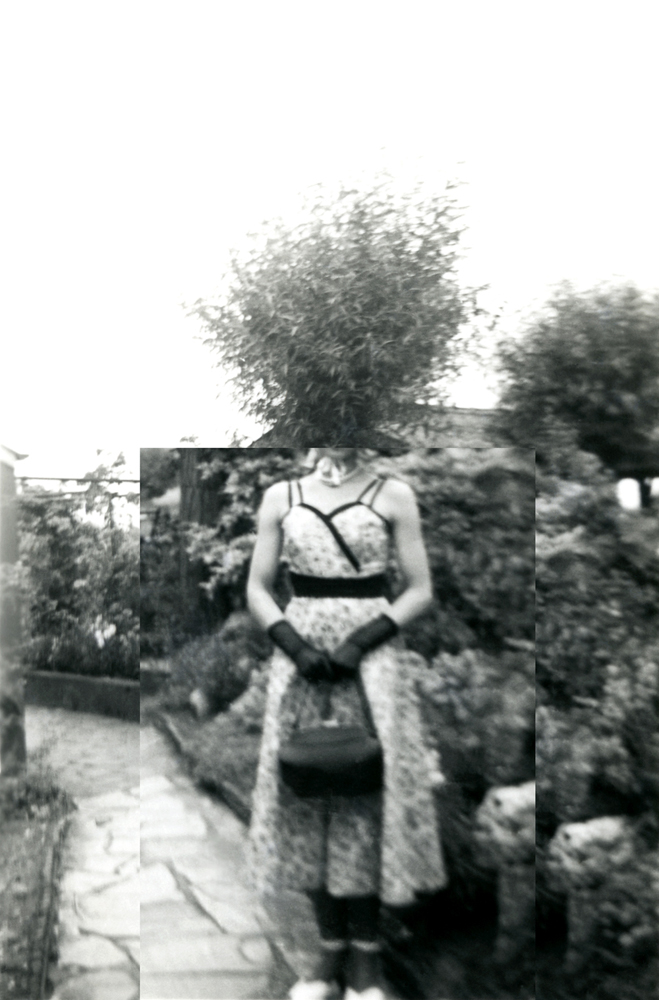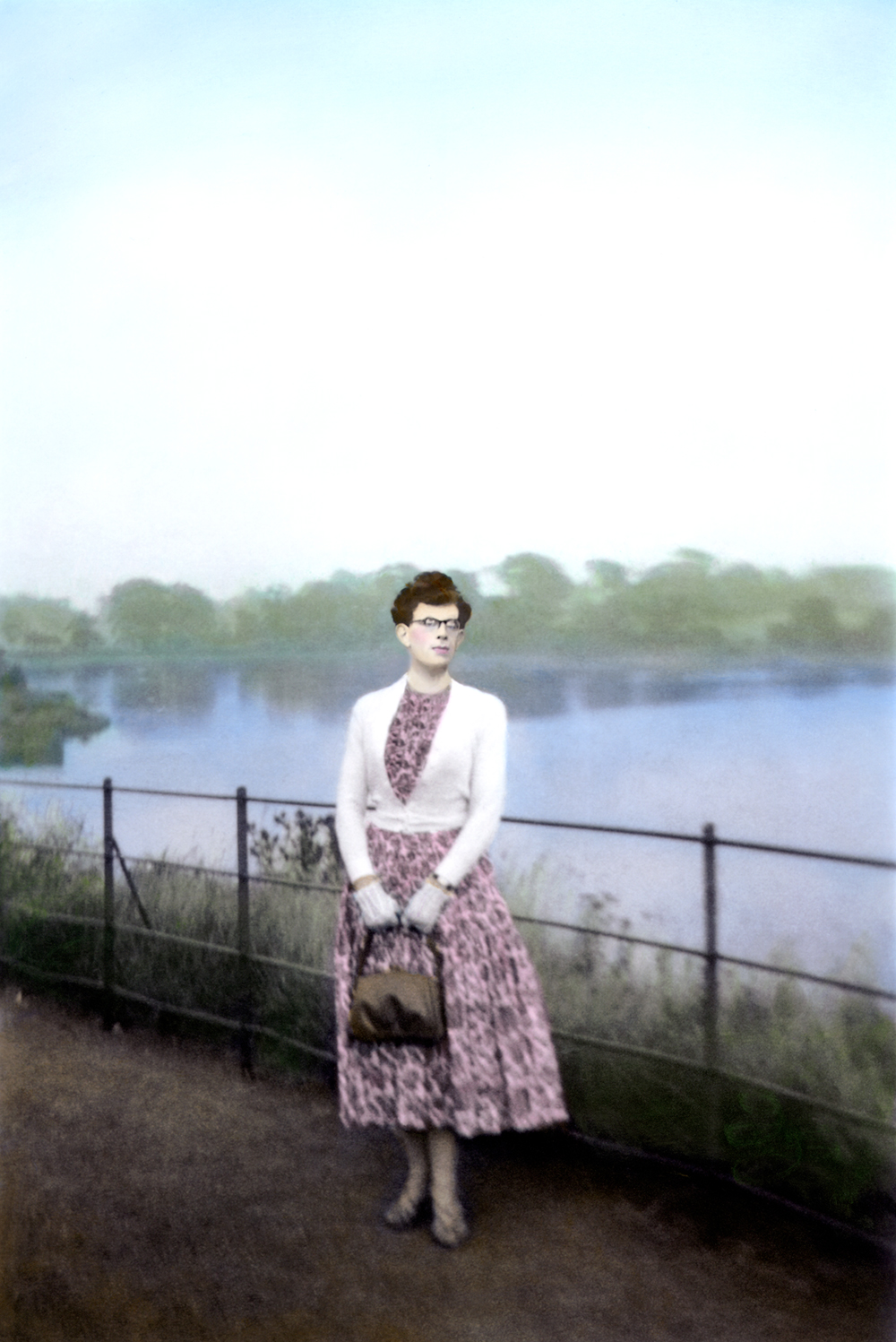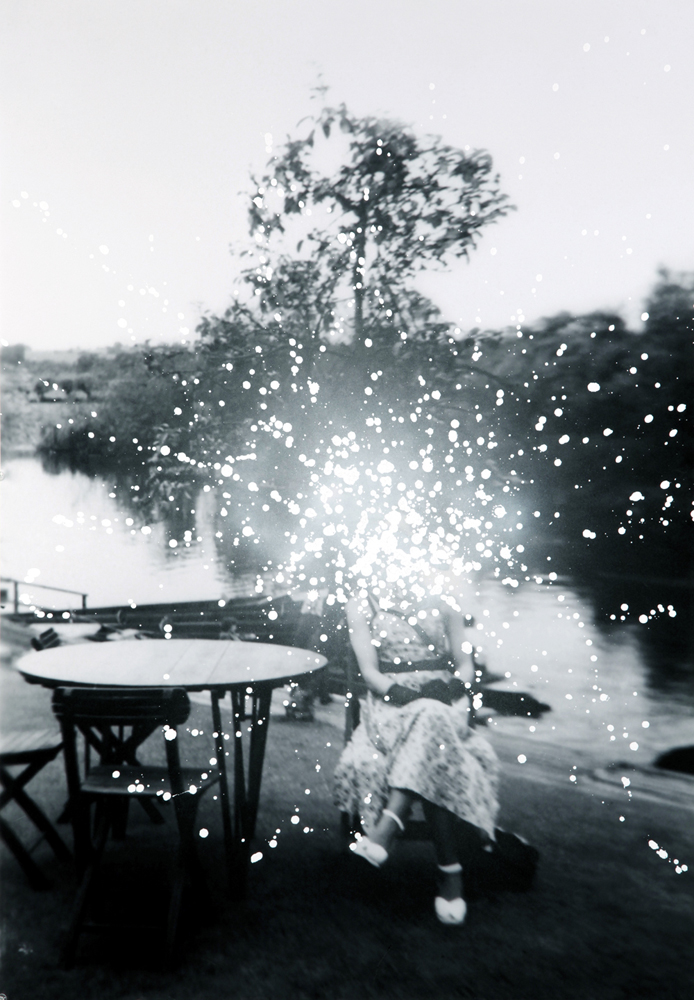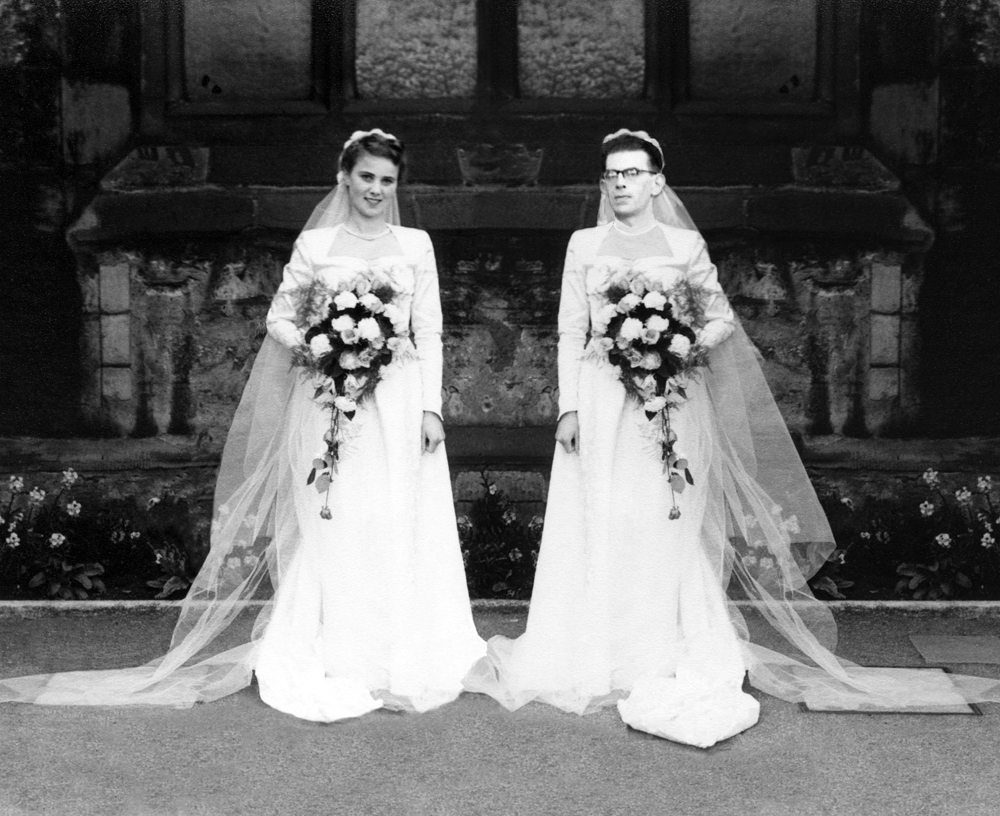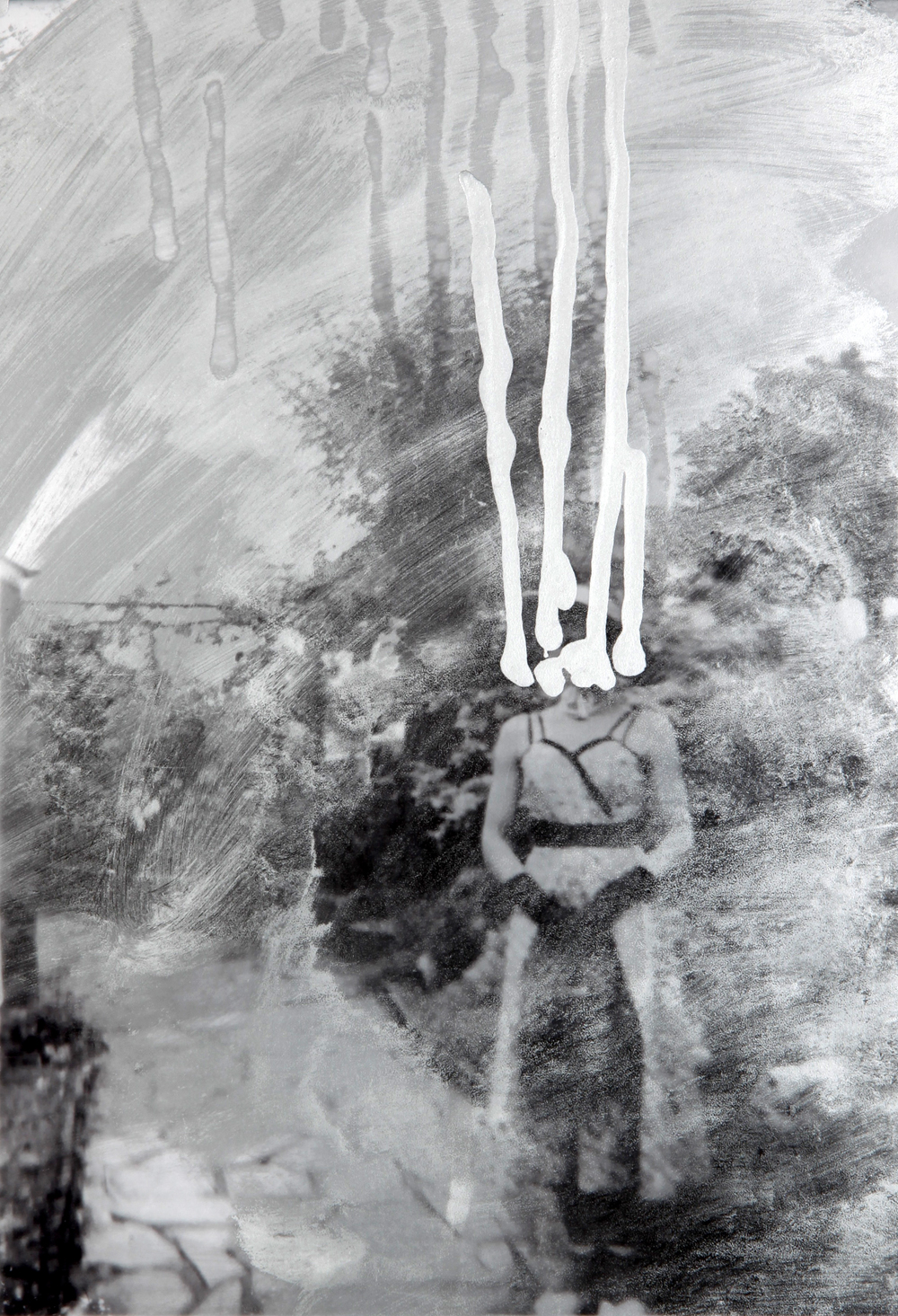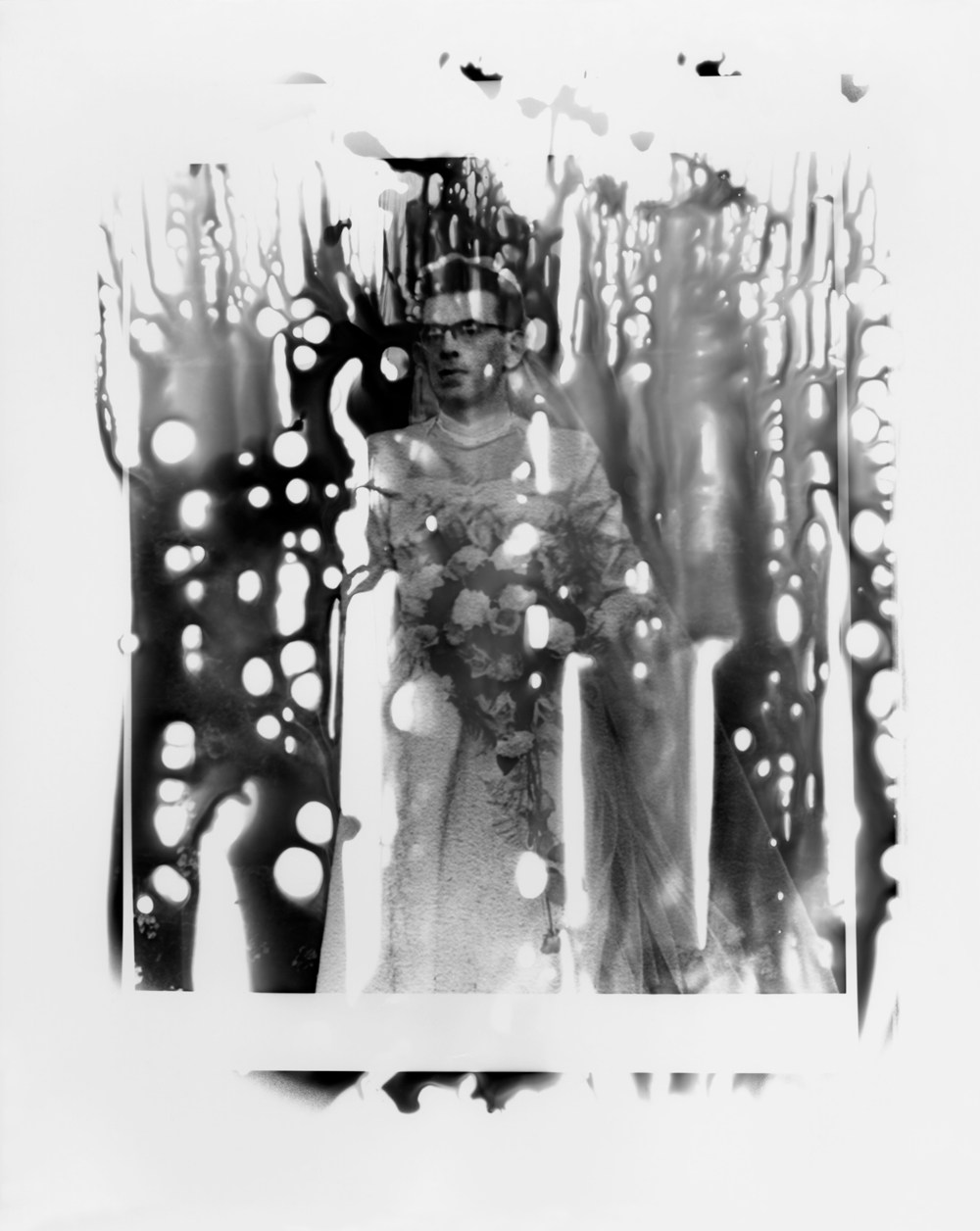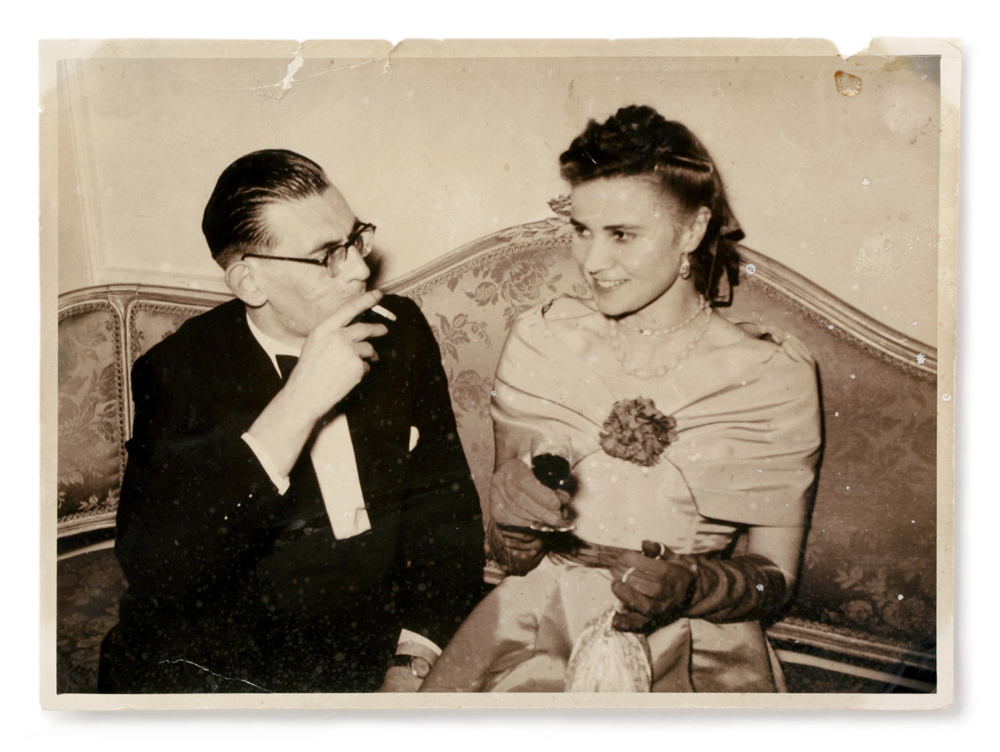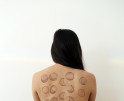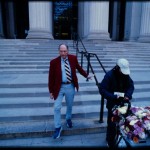Sara Davidmann: Ken. To be Destroyed
In 2011, my siblings and I inherited a family archive of letters, photographs and papers from our mother, Audrey Davidmann. This archive tells the story of Ken and Hazel, my uncle and aunt, and how it emerged early on in their marriage, in 1958, that Ken was transgender.
Family secrets are sometimes carried to the grave, ending a charged history where there are landmines in the storytelling. But in the case of Sara Davidmann, fate intervenes and the right person discovers an archive that allows for a thoughtful and deeper consideration of that charged history. The title for the project, Ken. To be destroyed, was taken from her mother’s writing on one of the envelopes in the archive. In response to the archive, Sara made new photographs using analogue, alternative and digital processes. These included making digital negatives, wet collodion prints, chemigrams, van dyke prints, hand coloring and painting.
Ken. To be destroyed, has just been released as a monograph by Schilt Publishing. In addition, Ken. To be destroyed will be exhibited at Schwules Museum, Berlin, Germany through June 30, 2016.
For fifteen years, Sara Davidmann has taken photographs and recorded oral histories in collaboration with people from UK transgender and queer communities. Her work has been internationally exhibited and published. Ken. To be destroyed has been exhibited at Museum of Liverpool, UK (2014), Limewharf Gallery, UK(2014), PARCspace, Photography and the Archive Research Centre, UAL, UK (2014) and at Unity Theatre for Homotopia’s 10th Anniversary Arts Festival Liverpool, UK (2013). Her first book Crossing the Line was published by Dewi Lewis in 2003.
The edit and text of Ken. To be destroyed are by Val Williams, a writer, curator, professor and Director of the Photography and the Archive Research Centre (PARC) at London College of Communication, UAL, UK. She became involved in the project in 2013 and, with Robin Christian, has curated the touring exhibition, which opened at PARCspace, London College of Communication in 2014.
This project began with an archive and a discovery. Sara Davidmann and her siblings inherited letters and photographs belonging to her uncle and aunt, Ken and Hazel Houston, from her mother, Audrey Davidmann. The letters chronicled the relationship between Ken and Hazel. Hazel had been a dental secretary. Ken practiced as an optician in Edinburgh, UK. It emerged soon after they were married that Ken was transgender.
In the context of a British marriage in the 1950s, this inevitably profoundly affected both their own relationship and their relationships with the people around them. They remained together from 1954 to the end of Ken’s life. They had no children.
The archive contains letters, photographs and papers. Hazel and Audrey wrote to each other frequently in the late 1950s and early 60s, after Hazel discovered that Ken was transgender; these letters tell Ken and Hazel’s very private story. Publicly, Ken was a man, but in the privacy of the home he was a woman.
In response to the letters and family photographs Sara Davidmann has produced a new set of photographs using analogue, alternative and digital processes. Looking at the vintage photographs, she became acutely aware of their surfaces. The marks of time and damage had become part of the images. This led her to work on the surfaces of the photographs she produced using ink, chalks, hand coloring, magic markers and correction fluid. In the series ‘The Dress’, ‘Closer’, ‘Dealt with in Scotland’ and ‘Looking for K/Finding K’, Davidmann has created works which interrogate and question the position of art.
Posts on Lenscratch may not be reproduced without the permission of the Lenscratch staff and the photographer.
Recommended
-
Nathan Bolton in Conversation with Douglas BreaultJanuary 3rd, 2026
-
Salua Ares: Absense as FormNovember 29th, 2025
-
Ricardo Miguel Hernández: When the memory turns to dust and Beyond PainNovember 28th, 2025
-
Pamela Landau Connolly: Columbus DriveNovember 26th, 2025


